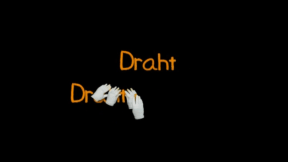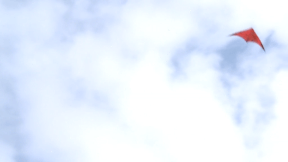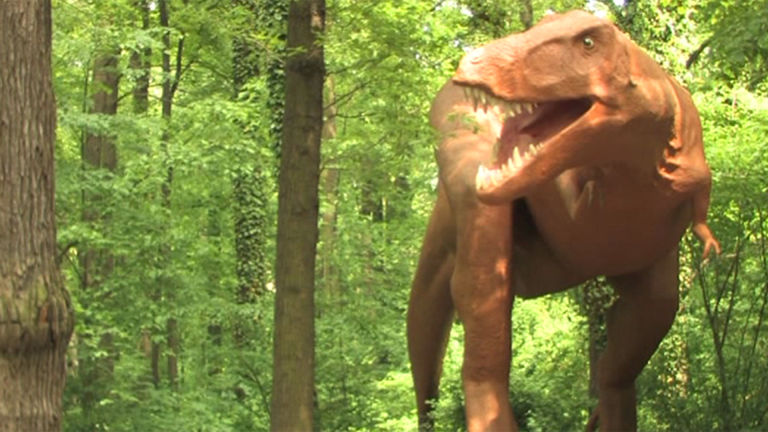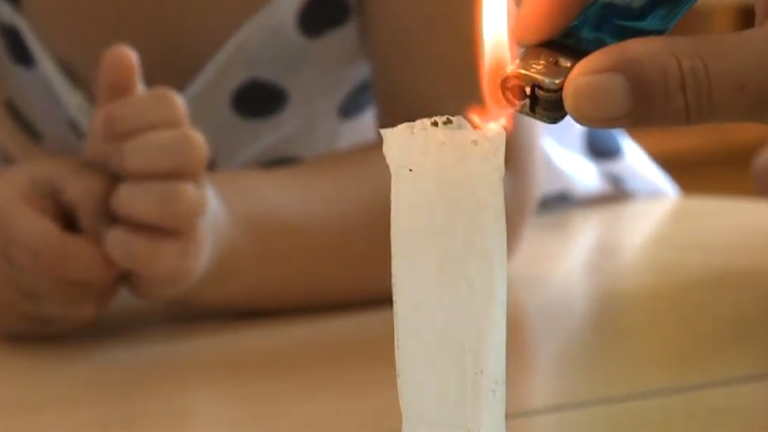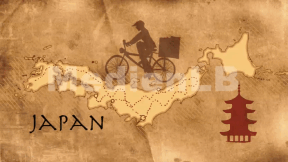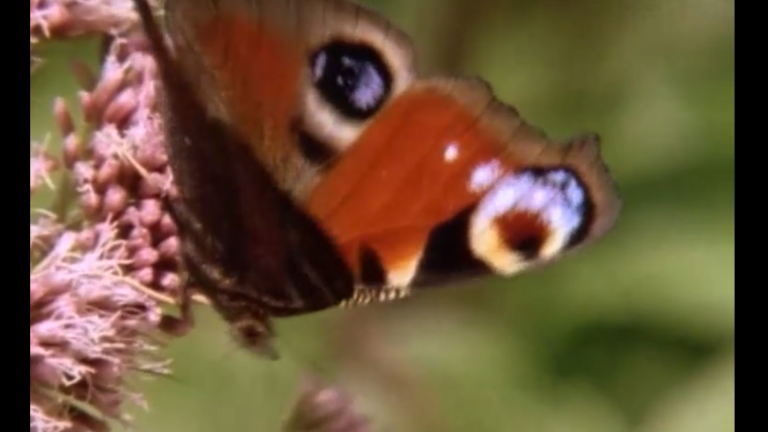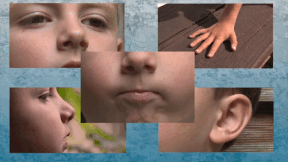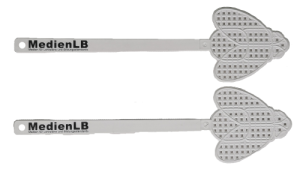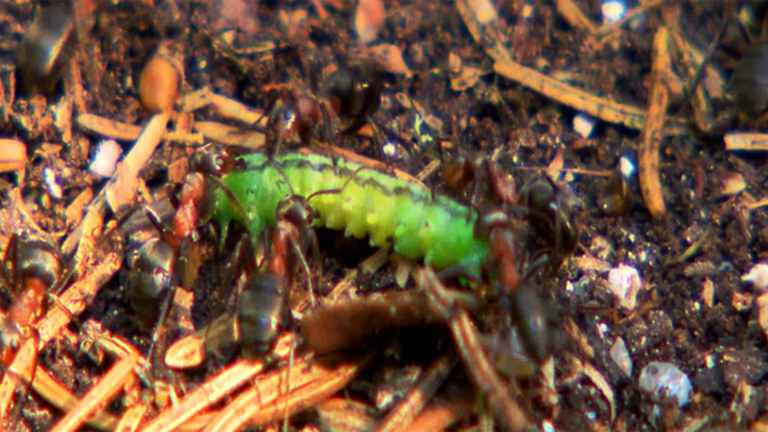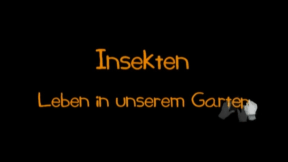Suche:
- # Artistry
- # Biology
- # Chemistry
- # Ecological
- # Economy
- # English
- # Foreign Language
- # Geography
- # German
- # Health
- # History
- # Informatik
- # Latin
- # Mathematics
- # Media Education
- # Music
- # Physics
- # Politics / Civics
- # Preschool
- # Primary School
- # Religion
- # Society
- # Sports
- # Technology
- # Training of Teachers
- # Vocational Education
Wire
At first glance, wire seems to be a nondescript, rather boring material, too humdrum to be bothered with. The intensive occupation with wire in the film as well as in the accompanying material, however, makes obvious what significance wire actually has in our society. It is truly indispensable! Through the film, children get acquainted with the differences between modern and historic wire manufacturing. Moreover, they see how a bicycle is made and thus learn why bicycles are also called "wire donkeys".
Learn moreSpring
Spring is an eventful period. We humans are glad that it gets warmer again and stays light longer. The warm air entices us to go cycling, to play or to enjoy the sun. The film describes the changes occurring in nature after the cold winter. We learn when it is spring again and how the seasons develop. We are shown the most popular spring flowers.
Learn moreAutumn
Autumn is a transitional period in which the days grow shorter and temperatures get colder. There are lots of different fruits which serve as food for the animals on trees and bushes in the forest and the park. It is the season when people harvest fruits and vegetables in their gardens. In the film, we are shown how nature changes in autumn. The pupils learn why the leaves turn orange and yellow and eventually fall off the trees. In a way that is easy to understand they are told how plants and animals prepare for the coming winter. Various animals are introduced that are storing up winter supplies and looking for a place for hibernating. In addition, the film shows how the harvested fruit can be used for cooking or crafting. The most important festivals – the harvest festival, Halloween and Saint Martin’s festival – are explained. Besides didactic and methodical considerations, also a wealth of most varied suggestions is available in the accompanying material indicating how to work on this topic in a multifaceted and holistic way and how to rediscover it.
Learn moreDinosaurs
Dinosaurs lived on our Earth about 160 million years ago. There are several theories as to why they became extinct about 65 million years ago but the fascination with these creatures is still there. We can look at dinosaurs in dinosaur parks. People have reconstructed dinosaurs based on their ideas of what they might have looked like. In an age appropriate way the following questions are addressed in the film: When did dinosaurs live? What did the Earth look like at the time of the dinosaurs? How did dinosaurs live? Were dinosaurs clever? How do we know about dinosaurs? Where did the dinosaurs get their funny names from? Why did the dinosaurs become extinct? A special highlight is the chapter “Dinos Present Themselves“. A selection of dinosaurs, speaking in different voices, convey information on the various species to the children. Together with the extensive accompanying material the DVD is ideally suited for project work in the elementary sector.
Learn moreSaint Martin
Every year on November 11, Saint Martin’s Day is celebrated. This church festival is also referred to as Saint Martin’s Feast.
Learn moreResearch Made Easy
There are people who much enjoy finding out things that nobody has found an answer to yet. These people are called scientists. They work to ensure that we humans are able to understand our world better. They discover lots of things that nobody knew before. Or they discover something that occurred so long ago that there is nobody who can remember it any more.
Learn moreKamishibai
We spend a large part of our lives telling stories. Stories we read, listen to, watch – or tell others ourselves.
Learn moreButterflies
Butterflies fascinate adults just as much as children. The colourful insects are beautiful to look at and herald the summer. We get to know the characteristics of their structure as well as similarities and differences of the various butterflies. Spectacular footage of the Hummingbird Hawk-moth show the development of a butterfly from egg deposition to caterpillar stage to pupation and hatching. During the development from egg to butterfly lots of enemies are lurking. We see various defensive measures and protection mechanisms of caterpillars and butterflies. We watch how the cheeky Death’s-head Hawk-moth walks straight into a beehive and sucks the honeycombs empty. With pictures that they can hardly discover themselves in wild nature the children are offered fascinating insights into the world of butterflies. The accompanying material provides a wealth of ideas for practical implementation in the elementary sector, such as handicraft suggestions, working with natural materials, recipes, suggestions for dances and performances as well as pictures for colouring, song texts and much more. Thus this DVD is a medium that should not be missing in any educational institution.
Learn moreDiscovering the World with All Senses
Professor: “Hello, children! My name is Elfriede von Knatterberg and I’m a scientist. Perhaps we already know each other from a previous film. I’m very pleased to discover the world with you today because I’m interested in everything around me and love finding out how things work. Do you love it, too? How do we actually find out how things are made around us? We see with our eyes, feel with our skin, smell with our nose, taste with our tongue and hear with our ears. These are our senses“. With the eyes we see whether it is light or dark, whether something is multicoloured or just one colour, big, small, thick or thin. Our sense of sight also helps us to determine which way we can go without colliding with someone, where obstacles are or which place is still free.
Learn moreInsects
Many families have got gardens adjacent to their houses and they are a must in kindergarten, too. When children are in nature and move around, they discover their environment with all their senses. In every meadow, scuttling, crawling, buzzing and bumbling creatures can be found.
Learn moreMy Favourite Colour Is Multi-coloured
Paintbrush: ”Hello kids! I am Colori. Being a paintbrush, I love all those vivid colours: red, yellow, green, blue ... just all of them! Don't you like it colourful, too? Great! When I was painting, I thought that I'd like to know where all these fantastic colours we see come from. Why are meadows green? And why is a fire engine red? Why isn't a banana blue? And why is a rainbow always colourful? Would you like to know that, too? Great, then I'll tell you what I've found out!" Imagine for a moment that there were no colours. If nothing in this world had a colour, that would be quite boring and sad. No colourful flowers, no coloured butterflies, even your ice-cream on a sunny day would just be grey.
Learn moreAlpine Animals
The Alps are the highest German mountain range and the highest mountain range in Europe. They are an important habitat for plants and animals. We learn that mountains do not look the same from the valley to the peak but that plants and animals adapt to different altitudes.
Learn more




